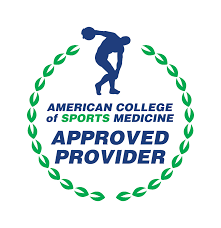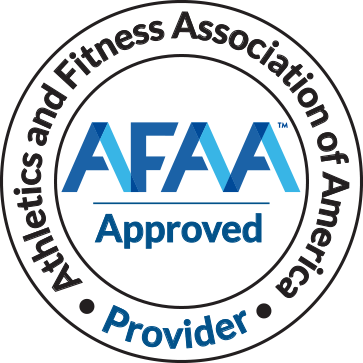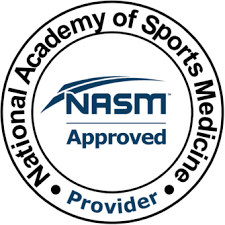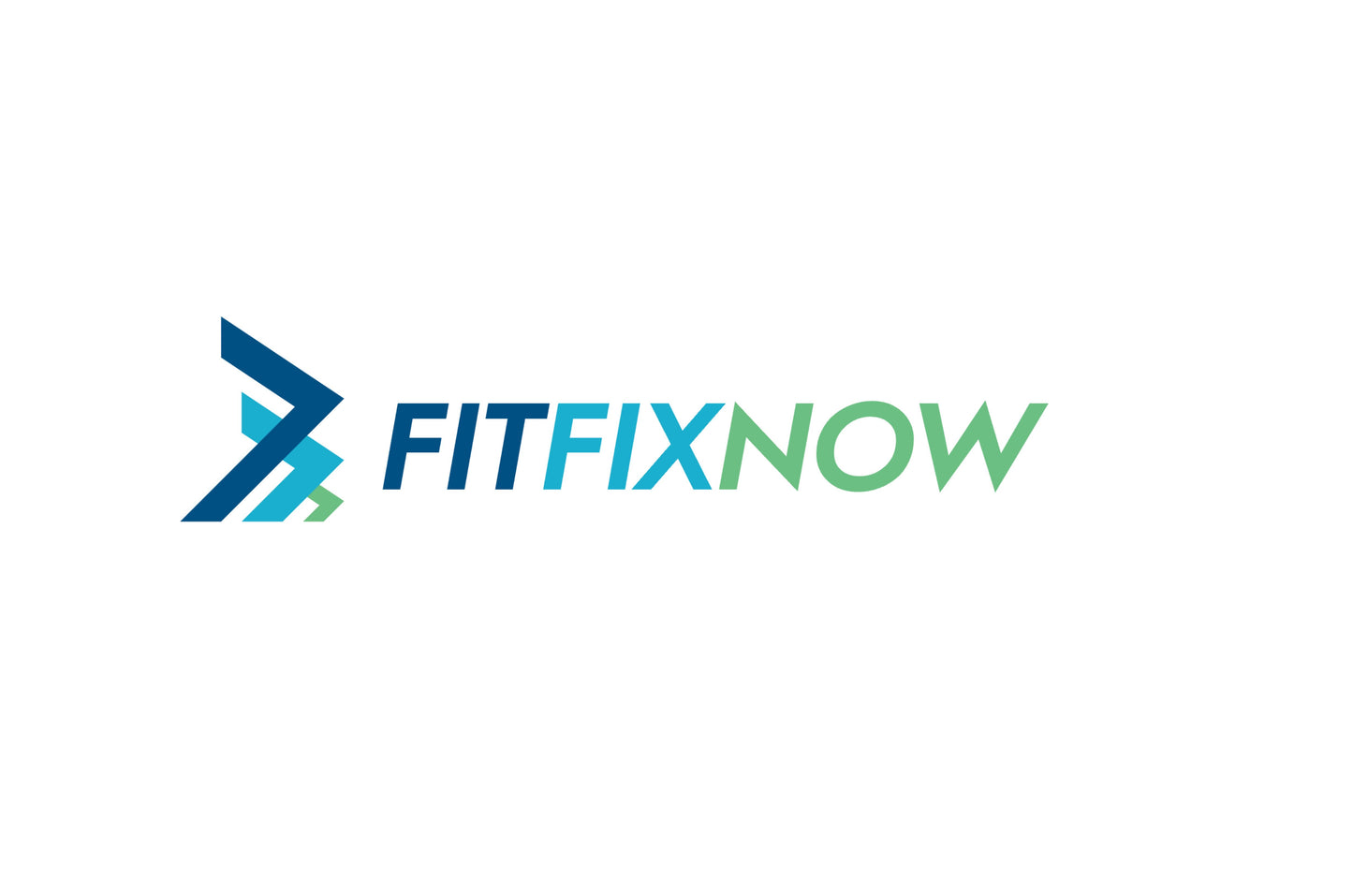Fitness assessments are a crucial aspect of any personal trainer or group fitness instructor's repertoire, especially when working with an older demographic. Senior fitness tests are not just tools to measure physical capabilities; they enhance the quality of life, inform tailored exercise programs, and address the unique needs of those over 55 years old. This comprehensive guide will explore the most effective fitness tests and assessments for senior clients, focusing on functional fitness, aerobic fitness, and upper body strength, among others.
The Significance of Tailored Fitness Assessments
For seniors, the importance of maintaining and improving physical function cannot be overstated. A comprehensive assessment serves as the foundation for creating effective exercise interventions that can slow down the aging process, reduce functional limitations, and boost cardiovascular health. By employing a test battery that evaluates different aspects of physical fitness, fitness professionals can design programs that ensure safety, efficacy, and motivation.
Key Components of Senior Fitness Tests
1. Chair Stand Test for Lower Body Strength
This test measures the strength of the lower body, crucial for daily activities like standing up from a seated position or climbing stairs. The chair stand test involves counting how many times a person can rise to a full stand from a seated position in 30 seconds.
2. Arm Curl Test for Upper Body Strength
Upper body strength, vital for tasks such as carrying groceries or lifting objects, is assessed through the arm curl test. This involves counting the number of bicep curls a participant can complete in 30 seconds with a weight appropriate for their gender and age.
3. Back Scratch Test for Upper Body Flexibility
Flexibility, especially in the upper body, is important for tasks like reaching items on a high shelf. The back scratch test measures the ability to touch the fingers together behind the back, indicating the flexibility of the shoulders and upper arms.
4. Chair Sit and Reach Test for Lower Body Flexibility
To assess the flexibility of the lower body, which affects the ability to bend and pick up items, the chair sit and reach test is used. It measures how far an individual can reach forward while seated, targeting the flexibility of the lower back and hamstring muscles.
5. 8-Foot Up and Go Test for Dynamic Balance and Agility
Dynamic balance is essential for preventing falls. The 8-foot up and go test measures the time it takes for a person to stand from a seated position, walk 8 feet, turn around, and return to the chair.
6. 2-Minute Step Test for Aerobic Endurance
Cardiovascular health can be gauged through aerobic endurance tests like the 2-minute step test, where the individual steps in place, raising their knees to a certain height, for two minutes. This test assesses heart and lung endurance during physical activity.
Implementing the Assessments
When conducting these tests, it's critical to consider the client's health history and obtain medical clearance from a healthcare professional. This ensures that the chosen tests and subsequent exercise programs are safe and appropriate for the individual's health status.
Beyond the Tests: Creating Functional Exercise Programs
The data collected from these assessments should inform the creation of exercise programs that are customized to improve the weaknesses identified while also leveraging the strengths. Functional fitness exercises, strength training, aerobic exercise, and balance training are all valuable components of a well-rounded program for seniors.
Tailoring Programs to Enhance Quality of Life
Ultimately, the goal of any fitness program for older adults should be to enhance quality of life. This means focusing not just on physical capabilities but also on enhancing confidence, independence, and the enjoyment of life. Community dwelling older adults, for instance, may benefit significantly from group exercise sessions that also cater to their social needs.
For fitness professionals working with seniors, understanding and applying the right fitness tests and assessments is key to developing effective and personalized exercise programs. By considering each client's unique physical capabilities, health history, and functional limitations, trainers can help older adults achieve better health, enhanced mobility, and a higher quality of life. Remember, each test and subsequent exercise intervention should be chosen with care, ensuring it aligns with the individual's goals, abilities, and medical advice.
Incorporating a variety of tests to assess functional fitness, aerobic capacity, muscle strength, and flexibility provides a holistic view of a senior's physical health, guiding the creation of comprehensive, effective, and life-enhancing fitness programs. By focusing on functional movements and exercises, fitness professionals can help their senior clients maintain their independence and continue to lead active and fulfilling lives.








